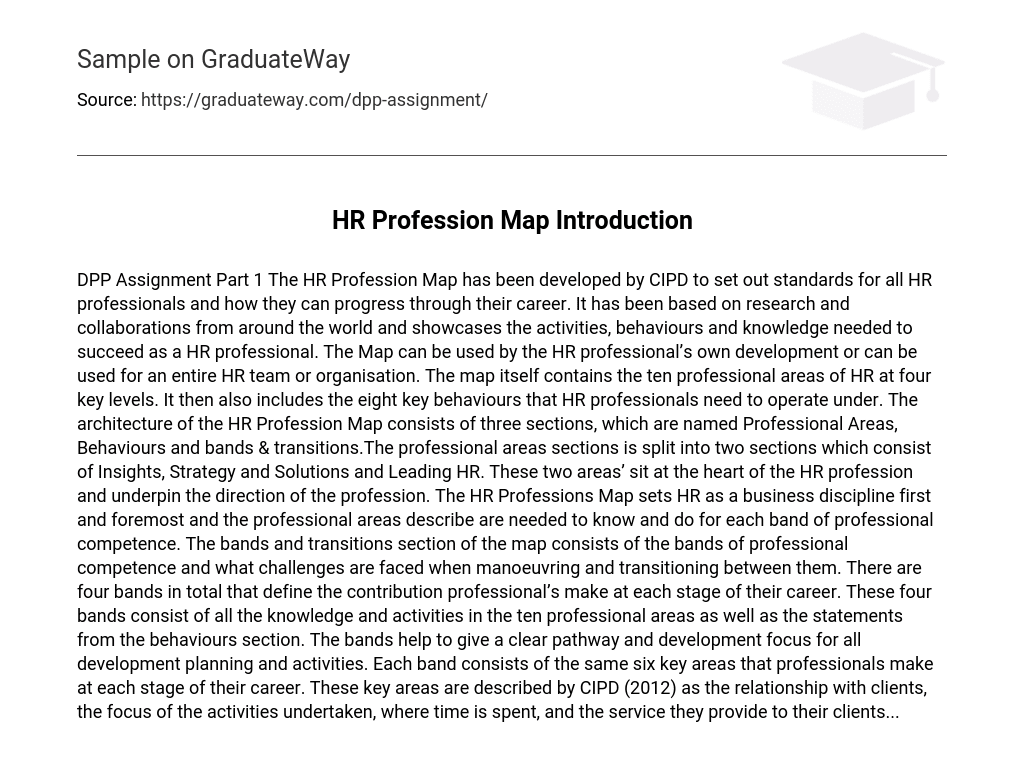The HR Profession Map has been developed by CIPD to set out standards for all HR professionals and how they can progress through their career. It has been based on research and collaborations from around the world and showcases the activities, behaviours and knowledge needed to succeed as a HR professional. The Map can be used by the HR professional’s own development or can be used for an entire HR team or organisation. The map itself contains the ten professional areas of HR at four key levels. It then also includes the eight key behaviours that HR professionals need to operate under. The architecture of the HR Profession Map consists of three sections, which are named Professional Areas, Behaviours and bands & transitions.The professional areas sections is split into two sections which consist of Insights, Strategy and Solutions and Leading HR.
These two areas’ sit at the heart of the HR profession and underpin the direction of the profession. The HR Professions Map sets HR as a business discipline first and foremost and the professional areas describe are needed to know and do for each band of professional competence. The bands and transitions section of the map consists of the bands of professional competence and what challenges are faced when manoeuvring and transitioning between them. There are four bands in total that define the contribution professional’s make at each stage of their career.
These four bands consist of all the knowledge and activities in the ten professional areas as well as the statements from the behaviours section. The bands help to give a clear pathway and development focus for all development planning and activities. Each band consists of the same six key areas that professionals make at each stage of their career. These key areas are described by CIPD (2012) as the relationship with clients, the focus of the activities undertaken, where time is spent, and the service they provide to their clients…





